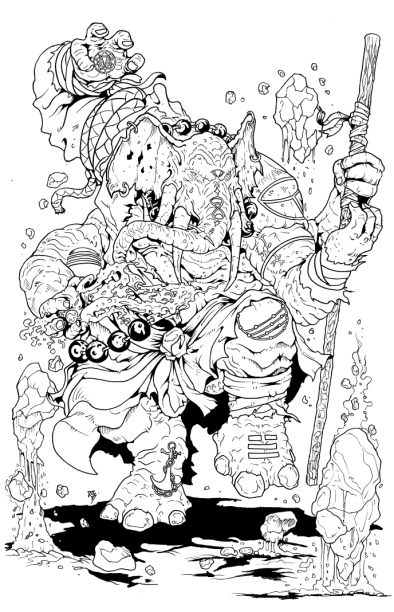Core Classes
Aeromancer
Hydromancer
Petramancer
Pyromancer
Martialist
Desimancer
Rules
Getting started
Combat
Damage
Feats
Keystones
Maneuvers
Skills
Rules Compendium
World
Galactic lore
Galactic geography
Species of the galaxy
Reference
Change Log
Character Sheet
Game Master Info
To do list




